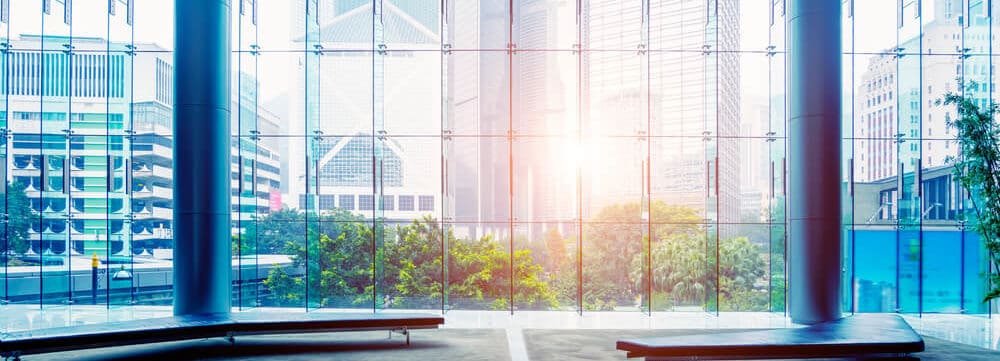Blog
A Guide to Leadership in Energy and Environmental Design – LEED

Leadership in Energy and Environmental Design (LEED) is one of the most popular green building certification programs used worldwide and it’s becoming more and more popular for all the right reasons.
You may have notice LEED Certification plaques hanging proudly in the hotels, airports, office buildings and hospitals that you’ve recently visited. If so, rest assured that even by frequenting those locations you are supporting a good cause.
What LEED Certification Means
LEED, which stands for Leadership in Energy and Environmental Design, is a certification program focused primarily on new, commercial-building projects and based upon a points system. The more points you earn, the higher your rating. The points are awarded for energy conservation techniques that could be granted for using LED lights or having a close proximity to public transportation.
What LEED Certification Costs and What it Saves
The energy conservation techniques used in LEED design require significantly higher upfront costs on the part of the corporation but may also yield massive cost savings over time. The cost savings are found in reduced operational costs and state-based tax credits given for LEED certification. Another huge perk is expedited permitting.
LEED-certified buildings when well maintained, produce less waste products and are more energy efficient than they would be otherwise. Using environmentally friendly measures like installation of low-VOC emitting carpets and low-flow water systems, better ventilation and even more daylighting are line items that can result in better working conditions and arguably, happier, more productive clients and staff.
LEED Certified Project Checklist
Below is a sample of a new construction and major renovation project checklist. There are different checklists for different projects. In fact, there are 100 possible base points distributed across six credit categories. Project teams can use the checklists to track their project goals and their progress.
Location and Transportation
- Sensitive Land Protection
- Access to Quality Transit
- Bicycle Facilities
- Reduced Parking Footprint
Sustainable Sites
- Site Development – Protect or Restore Habitat
- Light Pollution Reduction
- Construction Pollution Prevention
Water Efficiency
- Outdoor Water Use Reduction
- Indoor Water Use Reduction
- Cooling Tower Water Use
Energy and Atmosphere
- Minimum Energy Performance
- Fundamental Refrigerant Management
- Renewable Energy Production
Indoor Environmental Quality
- Environmental Tobacco Smoke Control
- Low-Emitting Materials
- Daylight
- Quality Views
Certification Level
Buildings can qualify for four levels of certification:
- Certified: 40–49 points
- Silver: 50–59 points
- Gold: 60–79 points
- Platinum: 80 points and above
Better Buildings Are our Legacy
LEED is changing the way we think about how building and communities are planned, constructed, maintained and operated. Leaders around the world are striving to build and maintain LEED certified buildings. LEED has expanded to address all buildings. Do your part today.
Sources:
- http://www.usgbc.org/resources/leed-v4-building-design-and-construction-checklist
- http://www.usgbc.org/leed
- https://en.wikipedia.org/wiki/Leadership_in_Energy_and_Environmental_Design
Tags: LEED Certification, Design, Construction, Environmentally Friendly, Energy Efficient







